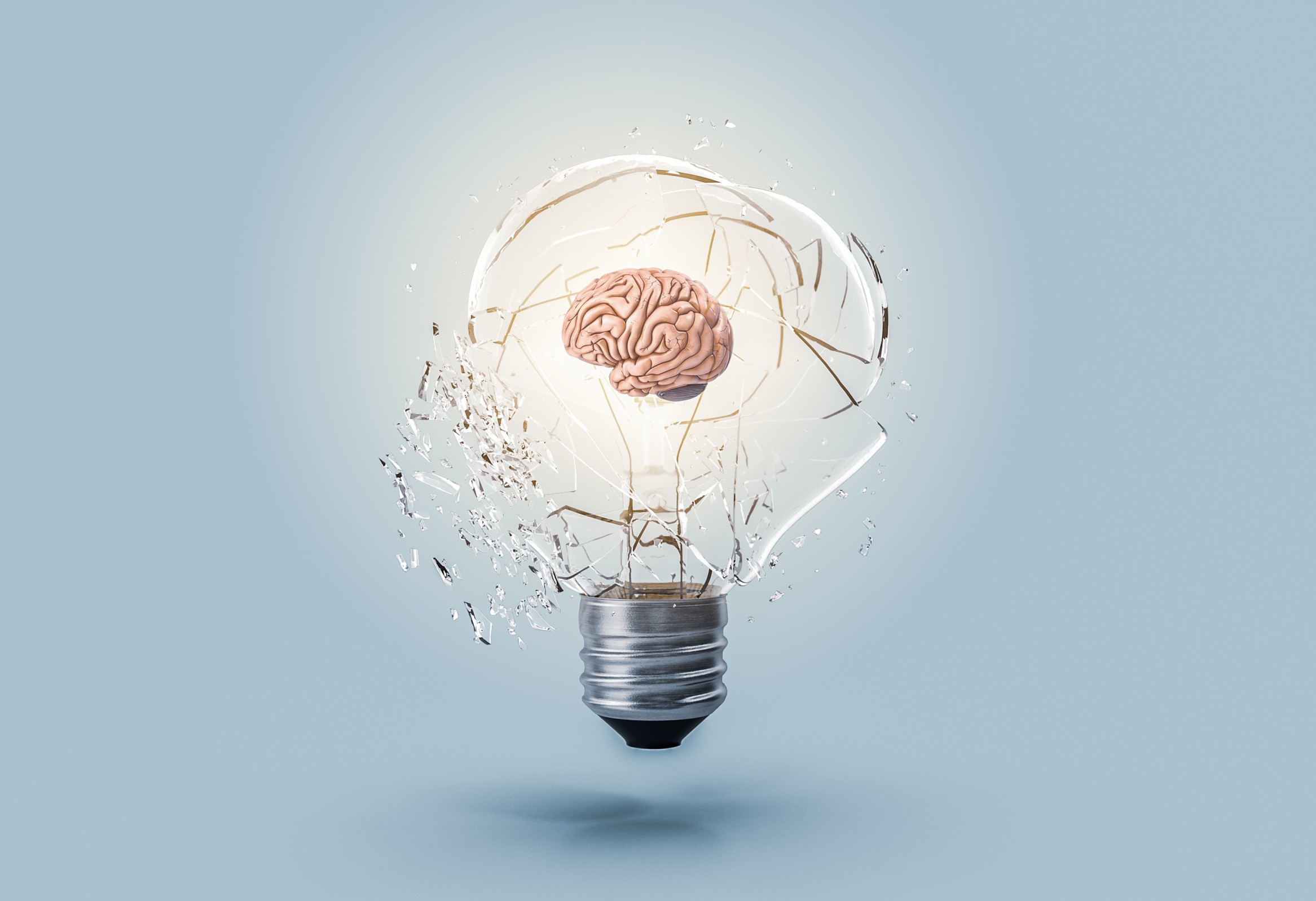BLOGS
At Saras, our mission is to ensure that all the students are given an opportunity to reach their full potential. We are passionate about creating and encouraging tomorrow’s innovators and problem solvers and make high quality education available to all.

Do We Really Use Only 10% Of Our Brain? Interesting Facts About the Human Brain
Many have believed that people usually use only 10% of their brain’s capacity for centuries. No matter how it started, the myth has remained a fact for many people to date. But why or how did it persist for so long? It seems that many people believe there is so much potential that humans haven't yet tapped into. This belief in human potential motivates and urges people to think they could do much more than what they're currently doing by putting more of their brains into work.
Now arises the main question, how much of our brain do we use in reality? You might be surprised to know that you use almost every part of your brain regardless of whether you're aware of it or not. That roughly comes down to 100% usage while performing various functions during a typical day.
While studying the brain with MRI (magnetic resonance imaging) technology, researchers even found out that your brain remains completely active most of the time – no part of the brain remains dormant. This is why our brain is an integral part of our life. Despite making up for only 3 to 5% of the body's weight, it uses up an astounding 20% of the vital supplies concerning oxygen and glucose.
Interesting Facts About The Brain
- The brain cannot multitask when required to perform high-level functions. In reality, what we assume to be multitasking is the brain switching between tasks rapidly. Errors or delays are more likely to happen during these quick transitions. Hence, it is best to give your entire focus to one task at a time.
- The size of the human brain gets three times bigger till the 1st year after birth and grows fully between the age of 25 and 30.
- Our eyes receive almost 1MB of information every second and transfer it to the brain. This is like reading an encyclopedia every minute.
- As per Northwestern Medicine, nearly 60% of the brain is made up of fat.
- Thanks to its capacity of generating 10 to 25 watts of electrical power every hour, the human brain can fuel a small lightbulb.
3D Learning And Its Impact On A Student's Brain
When students can move 3D stereoscopic simulations into different positions and angles, they can learn various structures in more tangible ways. This way, they get a real-life-like view of the complex subjects that are hard to understand in 2D.
While research suggests that 2D screens like televisions are impactful enough to make children imitate the actions presented on them, they learn less from televisions or virtual mediums than from live illustrations or 3D simulations.
As you know, the brain has two sides. The processes of listening and analyzing happen in the left hemisphere, whereas visual and spatial tasks occur in the right one. When you learn through hands-on interaction with 3D objects, both sides are better engaged than typical 2D learning. Mixing different learning styles enables the brain to form more robust associations and store more information.
Brain scans have shown that when children think about the hands-on experience they had in life, there is a boost in sensory operation and motor-related regions in their brains. The ability to touch and see objects gives more depth to the topic than merely reading about it. The more they practice and view concepts in 3D, the more smoothly they recall them when needed.
Conclusion
It's interesting to think that we can tap into the unused part of our brain to broaden our horizons. However, researchers have yet to find any dormant areas in the brain (if any). While at times we use the different parts more or less depending on the task at hand and requirements, we do use our entire brains.